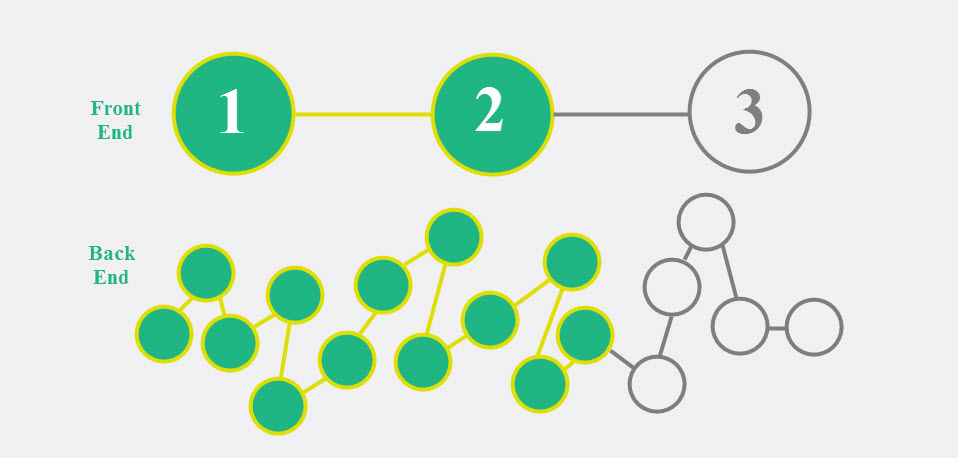Not every organization is in it to win it when it comes to customer experience. If you are dealing with folks that aren’t fully committed to the notion of a true customer experience program, you’ll have to spend some time building your case. High level executives want to see what kind of returns they could be getting from investing in customer experience improvements. I encourage you to step up to to challenge. Having the skills to prove the value of your initiatives will come in handy often. And it doesn’t have to be as complicated as you might think.
Calculate Customer Lifetime Value
You can use a measure of customer lifetime value in many ways as it relates to the customer experience. This number is your friend. Check out this infographic that can help you get started with a CLV calculation. If you’re just trying to get an understanding of the amount of revenue a customer could bring in over their lifetime, stick to the simple calculation. If you think you need to factor in profit margin for your audience, things might get a little more complicated, but definitely still doable.
Associate it with Churn
The next step is to associate your customer’s value with their likelihood to stay or leave. You can put together a simple model that takes your current churn rate and shows the lifetime value lost when those customers leave. Then, allow for toggling of churn rate. So if you are able to reduce the rate at which customers leave you, you can show the gains in revenue that can be realized. Alternatively, you can show the revenue your company is sacrificing by providing a bad experience.
If your business isn’t based on a subscriber or service model, you can investigate re-purchase rates. Then show that if you increase re-purchase rate by x (from an outstanding customer experience), then you’ll see the associated revenue growth of $y.
Lastly, if you want to take it a step further, investigate the drivers of churn. See if you can tell from your data whether a customer is more likely to churn after a certain circumstance (for example, a service call where a problem was not resolved, or an order that was improperly fulfilled). This is where you can really show the worth of improving the experience. If your organization could decrease the number of instances of the bad experience by x, it would result in a decrease in propensity to churn of z, and associated revenue of $y.
Consider Cost Reduction
Another great way to show the benefit of improving customer experience is by showing the potential for reduction in support costs. If customers don’t need to contact you to complain, how can you quantify that? Try to find out the cost associated with a customer support action (ex. phone call to the billing department or a chat with a support tech) and show what could be saved if investments were made to reduce those interactions.
Sell the Story
In the end, a wonderful customer experience value story can be told without killing yourself trying to master complex calculations with massive data sets. Get a grasp on some key financial metrics that can allow you to put a dollar estimate to what a dedicated customer experience program can accomplish and paint the picture for your audience by harping on all the benefits of satisfied customers: longer tenure, more positive word-of-mouth, less negative word-of-mouth, and so on.
Guess what? Other businesses have already done the work on finding statistics that support why investing in customer experience is important. Use them! A simple google search will turn up powerful results and stats that you can use to make your case. Here is an example from Zendesk. And Forrester has seemingly endless studies to support CX initiatives.
People rely on their peers and colleagues to vet a company prior to making a purchase making satisfied customers one of the most powerful marketing tools a company can have. Help your organization realize the growth potential in improving the customer experience.

